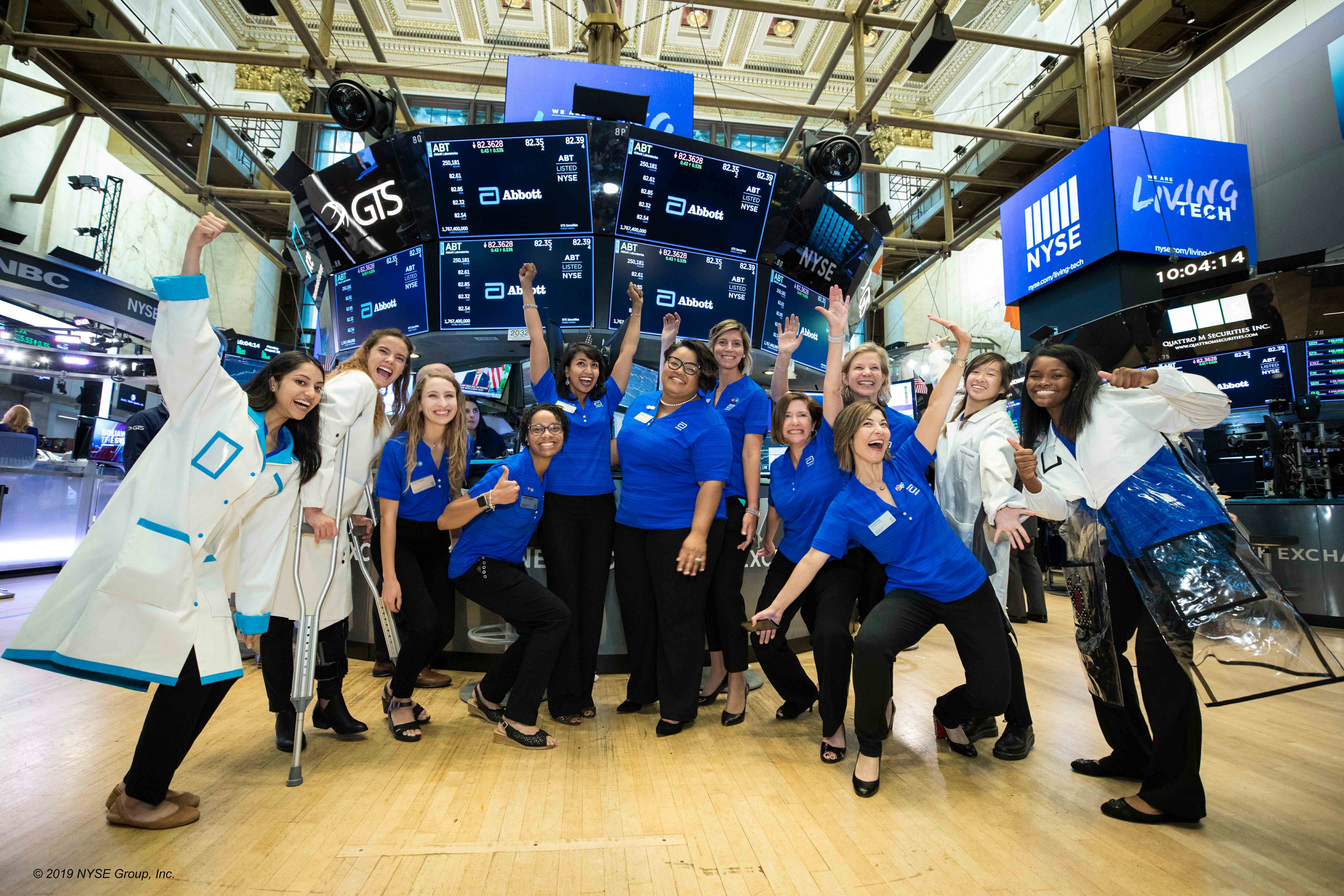Together, we can make our companies – and more importantly, society – better by giving young people opportunities to succeed in STEM. We have to tap into everyone’s brainpower to create the most innovative, life-changing technologies.
of the STEM workforce is female
The Challenge
Women make up just a quarter of the STEM workforce in the U.S. and studies and surveys have found that girls are less likely to be encouraged to study science, technology, engineering, and math. Those same studies show that young boys are more likely to think that math and science are cool, and that they have confidence in their abilities for those subjects.
Of those women who do pursue STEM degrees, only 6 in 10 take related internships or jobs out of college, and of those who do take STEM jobs, more than half leave within a decade. At the same time, data from the U.S. Bureau of Labor Statistics project an increase in demand for STEM jobs of 1 million by 2026, a nearly 11% increase from 2016.
The Solution
Abbott, a global health technology company, recognizes that the best way to discover life-changing breakthroughs is to have more diversity in its labs and work spaces. To achieve that diversity and introduce more girls into the STEM pipeline, Abbott partners with public high schools on an internship program aimed at offering young people, particularly girls, experience in the STEM fields.
Of young people participating in the program, 97% who have completed the program have gone on to study STEM in college and Abbott has now started hiring former interns as full-time engineers. The internship program acts as a conduit for untapped STEM talent. Encouraged by the success of the program, Abbott has published “Shaping the Future of STEM“, a blueprint other companies can use to recreate this internship program model for their STEM industry.
Looking at the Data
High school girls value creative thinking and want a career that has a positive impact on the world – but don’t always know how science and engineering can give them both, due to a lack of exposure.
To better understand existing research on the topic, Abbott partnered with YouGov to gather data of their own. One survey conducted included U.S. women ages 18 and older who graduated with STEM degrees, and another survey included boys and girls ages 11-15.
Here’s what they found:
- Nearly 5 in 10 girls indicated they aren’t encouraged to study STEM
- Only about 6 in 10 women who earned STEM degrees said they took a STEM job or internship after college
- More than half of women who worked in STEM after graduating left their STEM field within 10 years
- More boys say they’re encouraged to study math and science: 65% of boys compared with 54% of girls
Pictured here: Abbott high school intern Diya in her personal lab coat of the future.
93% of women
in STEM who have a female boss say they plan to remain in STEM
97% of interns
completing the Abbott program went on to pursue a STEM degree or job
69% of women
in STEM who had mentors early in their career say they plan to stay in STEM

How does it work?
The internship demystifies what it means to work in STEM by giving students the opportunity to contribute to life-changing technologies alongside engineers and scientists who look like them. Started in 2012 by Corlis Murray, the top engineer at Abbott who happens to be a woman, this high school internship selects students from diverse schools near the cities where Abbott has job opportunities to offer.
Abbott’s partnerships with public high schools are a critical part of their success. Partnerships are established based on the schools’ proximity to Abbott locations, if the schools have a strong STEM focus, if the schools have a diverse student body and if school leaders have the time and interest to work closely with Abbott. An ongoing and open communication channel with each high school’s dedicated contact, working through the student recruitment and interview process is another critical element to maintaining a strong program.
Chosen interns have demonstrated academic excellence, strong leadership, communication skills, and technical excellence in their respective fields. Interns have the opportunity to work in functions that include engineering, science, finance, information technology, and marketing on flexible 10-12 week assignments during the summer. More than two-thirds of students are women and more than half are from other underrepresented groups.
A truly repeatable and scalable model.
With a desire to start a movement, Abbott published the detailed blueprint of their high school internship model for any company from any industry to replicate it. With the “Shaping the Future of STEM” blueprint, Abbott wants to encourage other companies to give young people the same kind of unique opportunity Ms. Murray received as a 17-year-old working at IBM.
The blueprint is a more than 30-page detailed guide to creating the high school internship program from the ground up. It acts as a starting point with practical information about how the program is implemented and how to continue to grow and maintain a successful program. It includes everything from sample intern week schedules to advice on choosing mentors to examples of intern job descriptions. The blueprint is divided into four sections: Plan, Organize for Launch, Execute and Measure, and Build on Success.
In that internship, Ms. Murray was surrounded by role models who looked like her, African American and female, and instantly what it meant to be an engineer was demystified. This program, and others implemented by companies following in Abbott’s footsteps, will create a future pipeline of STEM talent that we can all be thankful for.
